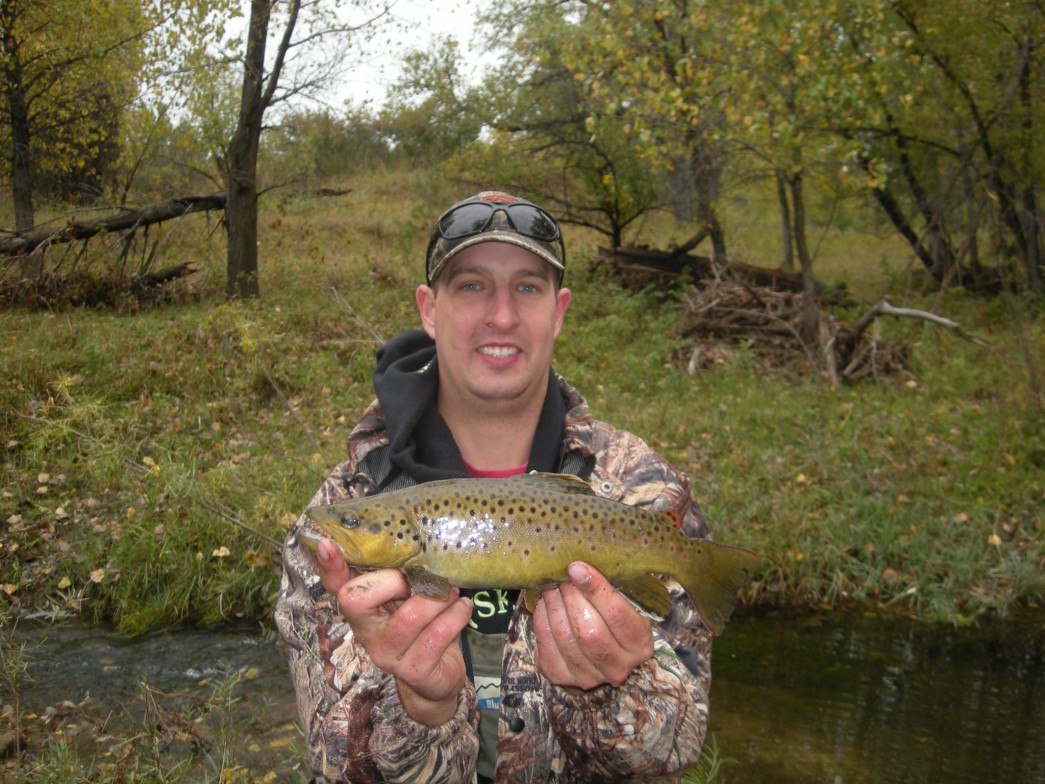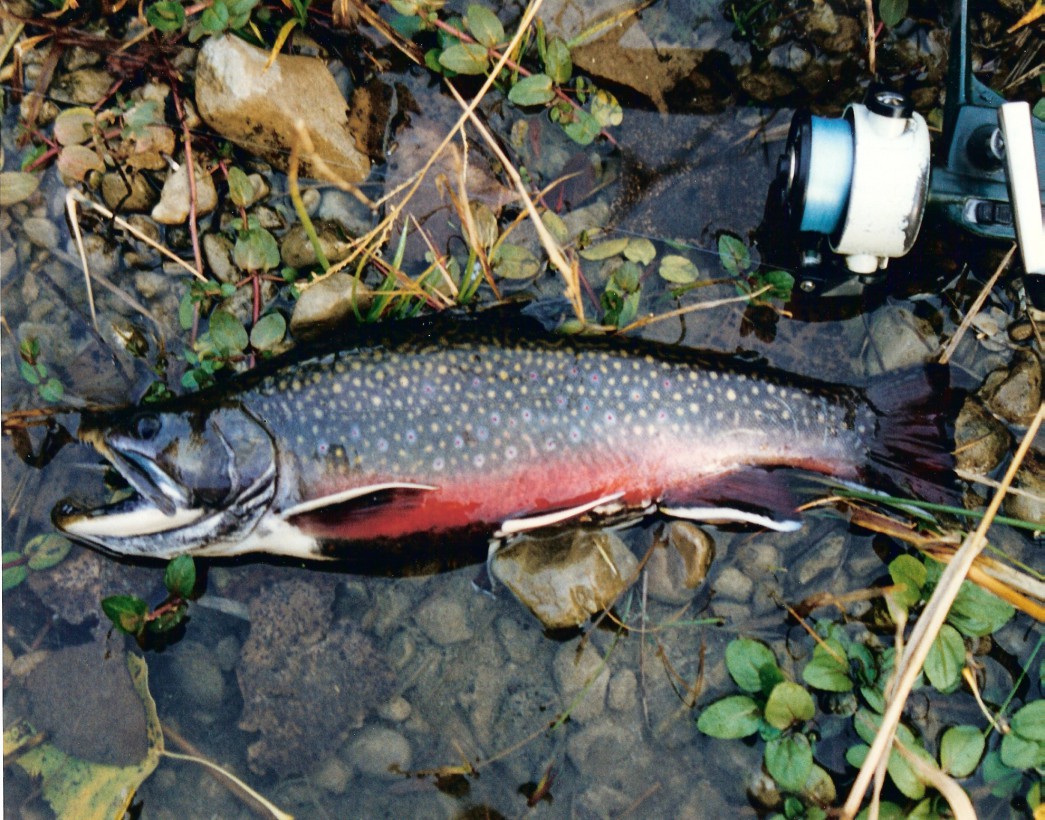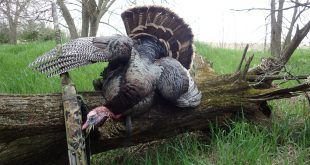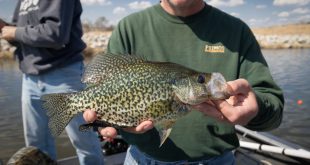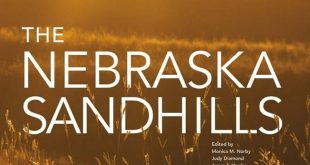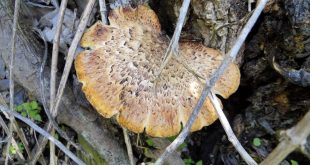Nebraska truly has a great diversity of fall colors to see from one corner of the state to the other. This year it seems to me that our fall colors are a little late; we have had a relatively wet year and so far a mild fall. Every year is just a little bit different. However, there are some other fall colors that are right on time. . . .
Almost all Nebraska fish spawn in the spring and summer. I do however hear from anglers who catch some fish in the fall, clean them, and notice there are eggs or milt already in those fish. They wonder if those fish are going to spawn in the fall?
Nope. The development of eggs and milt, if you want to use the big pointy-headed word for those sex products, gametes, takes a lot of time and energy. The eggs and milt, gametes, you see in almost all Nebraska fish this time of year are next year’s spawn! Fish are “cold-blooded” creatures, more correctly their body temperature is the same as their environment. During the winter, fish are cold, “duh”, and during the winter their metabolism slows and there is not a lot of gamete development. Eggs and milt are developing now, then they will be “on hold” during the winter, before they mature and are deposited next spring. For some of our cool-water species, yellow perch and walleyes for example, they need a certain length of time when the water is cold so their sex products can develop properly before there is a quick maturation of eggs and milt before early spring spawning. Other species will have a few to several weeks of maturation next spring before their eggs and milt are spawned (e.g. largemouth bass).
However, this blog post ain’t about those spring-spawning fish. There are a couple of species of fish in Nebraska that DO spawn in the fall. Both of those are cold-water species, both are trout, brown trout and brook trout.
One of the things I love most about trout is that they are purdy fish and they typically are found in some really purdy places! We have cold-water habitats in Nebraska that support trout year-round. Most of those habitats are located in northern and western parts of the state and wouldn’t you know? Those are some of the most beautiful parts of the state as well, especially in the fall (if you want some hints on where those places are found, and where you can catch some of those trout, make sure to see Trout Fishing in Nebraska’s Streams).
If you want my idea of enjoying the “fall colors”, it would be not only the fall foliage, but also would include the trout. Spawning brook trout and brown trout, especially the males, get even more colorful during the spawn.
This fall I have not been able to slip out west to some of our cold-water streams, by the way, streams in which those spawning trout maintain their populations by natural reproduction, but I know a couple of anglers who have recently.
My son and a couple of his cousins spent some time in the Pine Ridge a few weekends ago. The brown trout they caught were beautiful!
Here is another fall brownie from a few years ago; this one was caught from Long Pine Creek. It was not a big fish, but the spawning colors were spectacular.
Now brown trout are beautiful, but brook trout take it to a whole ‘nother level. My son and nephews caught some brookies while they were “out west”, but they were not quite colored up yet. Not as much as the fish a buddy caught a couple of weeks later.
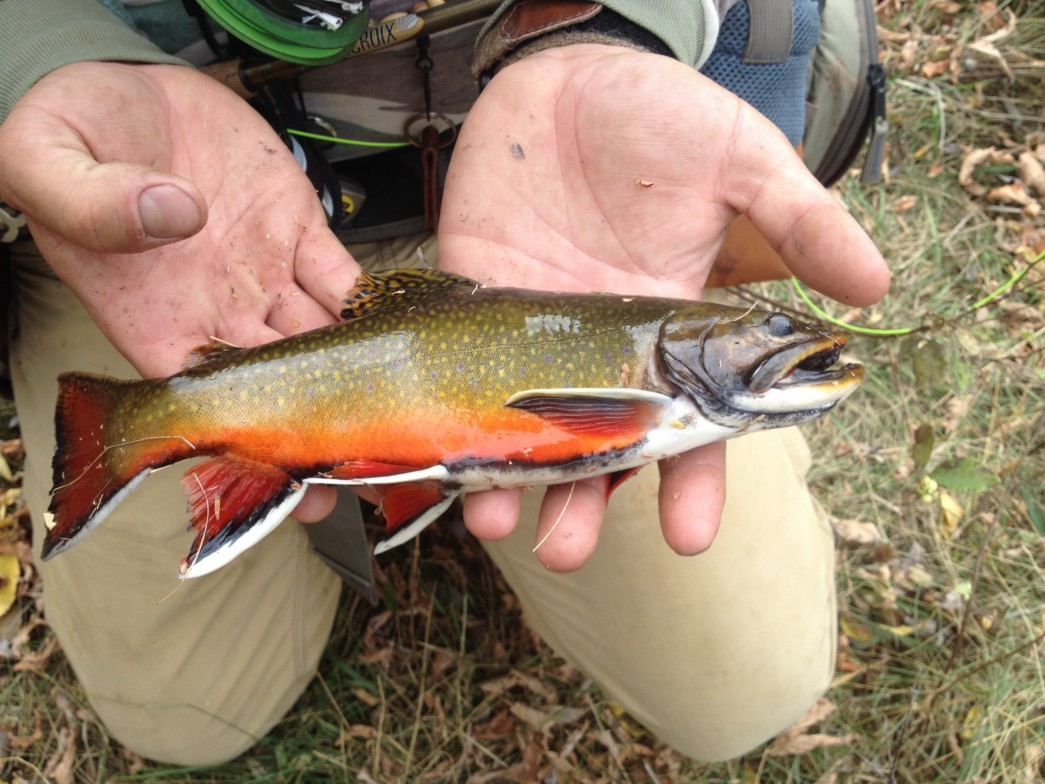
One of my most-prized trophies is a brook trout I caught from a Pine Ridge stream several falls ago. By Nebraska standards it was a nice brook trout, 13 inches, but that is not what made it a trophy. To me it was a prized fish because I spotted this pair of brook trout in a riffle. The male was spectacularly-colored. I crawled on my hands and knees through the stream side vegetation and dampness to get into position to make a drift to that fish without spooking it (small stream trout are not hard to catch as long as they are not spooked). I got there, slipped my bait in the water, let it drift, the male brookie eased up, tipped over and ate it! I got one picture of that fish before advancing the old 35mm camera and discovering I was out of film! It took a special order at the camera shop to capture that one image from that last half frame of film. I got him! Released him too!
So there you go, I am betting there are more “fall colors” out there than many Nebraskans even know about. Just when you think you have seen it all, keep exploring, keep fishing, there is more, much more.
 Nebraskaland Magazine
Nebraskaland Magazine
